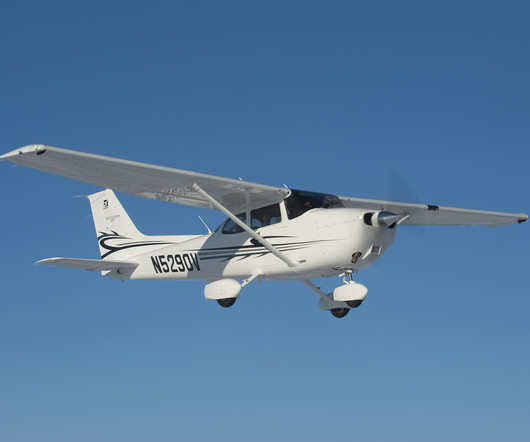How I failed my IFR Practical Test Twice
Air Facts
JANUARY 22, 2025
To my surprise, the Cessna 172S that I have flown for all my training for Private Pilot and Instrument training, had a lapsed 30-day VOR check. I went into the office and informed them of the out-of-date VOR check and a mechanic took the airplane up while I was doing the oral portion of the checkride to complete the VOR check.






































Let's personalize your content